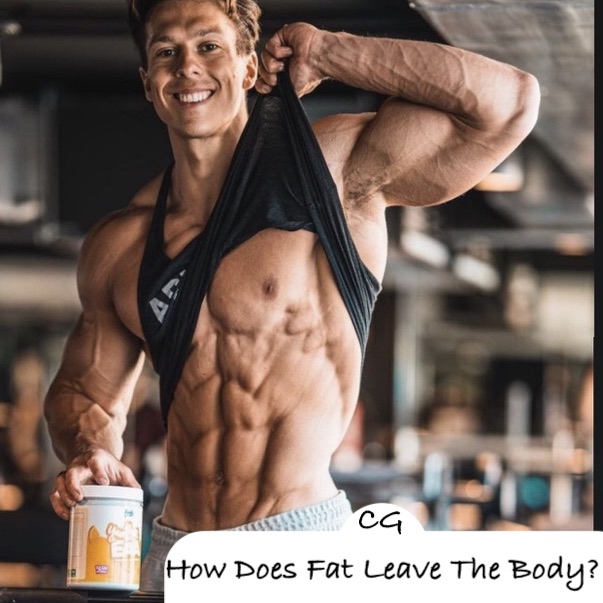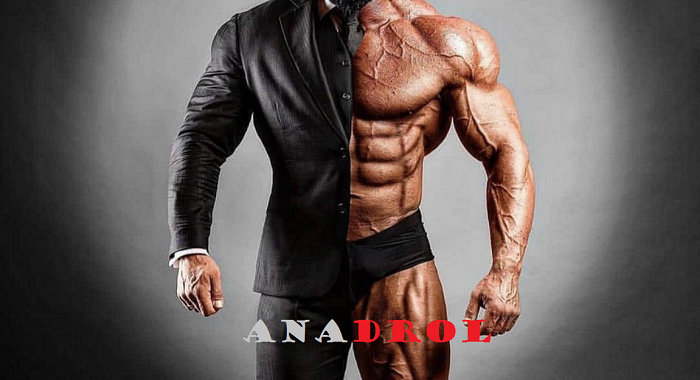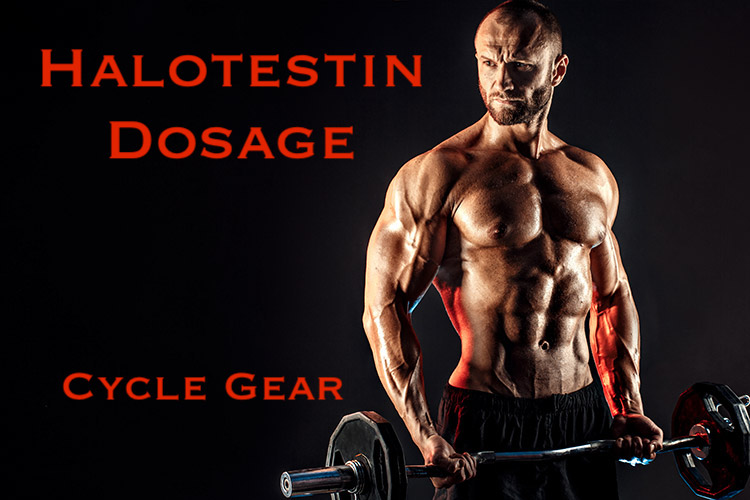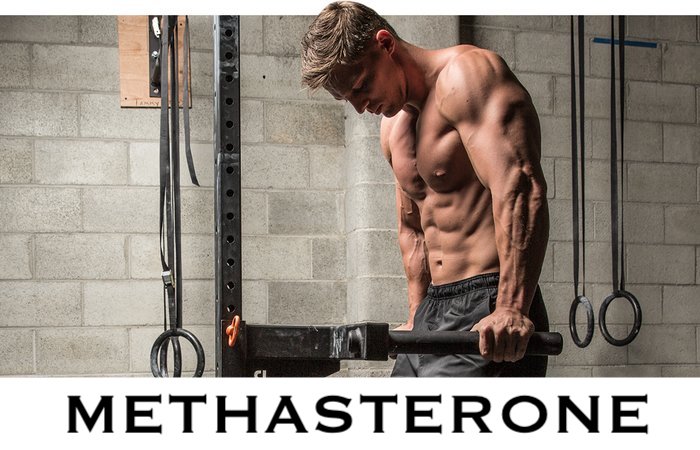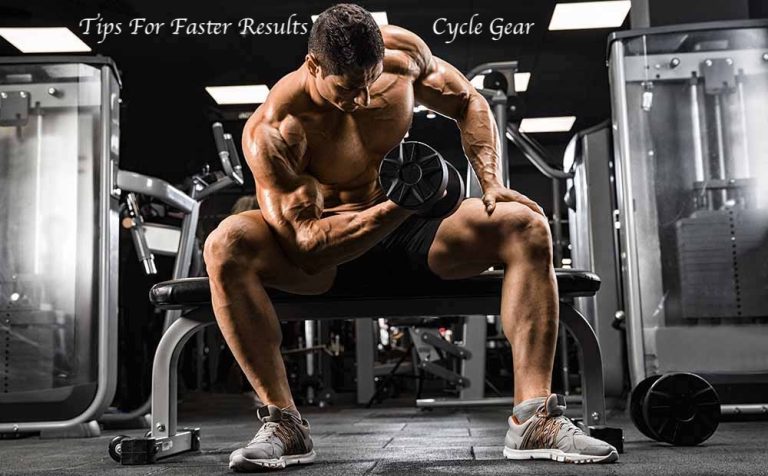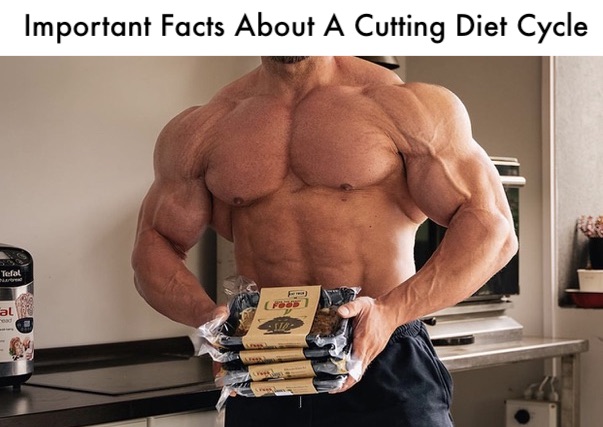How Does Fat Leave The Body?
If you’re trying to get in the best possible shape, fat burning has undoubtedly been on your mind at one time. Being overweight has become a real problem of the 21st century, so most of us have those areas of our bodies that seem to gain fat faster than other areas. Whether it is your stomach, thighs, arms, or even your face – we’d love to get rid of it.
WHERE exactly fat is stored is different from one person to another. It is the genetic predisposition that dictates where exactly you store the facts. However, the most important question is: how to lose fat and how does fat loss occur? Pretty sure that at one point, you were wondering: how does fat leave the body? Lots of people get it wrong. So, let’s explain.
How Fat Burning Happens?
When we talk about fat loss, it is important to get the right answer to the question “How does your body burn fat?” because it is likely going to help you in your weight loss journey.
So, as we all know, there’s the term “fat burning”, but you just don’t set your fat on fire, literally, are you? (never even think about it). Moreover, the fat doesn’t literally just fall off, nor does it literally “melt”. So, where does it go?
In short, if you’re carrying little (or more) extra weight (fat), you’re actually taking more calories (energy) than your body uses. It’s important to understand that the body uses that energy in various ways, not only in physical exercise (but, of course, it uses most of it during physical exercises). It takes energy:
- At rest. Your heart needs energy to pump blood. Your lungs need energy to breathe and your brain to think. The basic processes to simply live are known as “basal metabolism”.
- When active. Regardless if you’re walking, running, or lifting weights – your muscles need energy to do it. Of course, however, each activity requires a different amount of energy though.
- When eating. Indeed, even your digestive system needs energy to break down the food that you eat. And to store it, too!

So, you’re dieting. You’re cutting (calories). What happens to fat?
You burn fat (lose weight) when your body receives fewer calories than your body needs to maintain its current weight. Simple math. If your body needs a total of 3,000 calories per day in order to perform all the tasks (resting + being active + work + gym + whatever else), but you only consume 2,500 calories that day, for example, you’ve created a deficit of 500 calories that day. However, when this deficit occurs, your body still requires energy in order to perform all the tasks and functions. Therefore, it looks for fat reserves to turn into energy and continue living. Thus, it burns that stored fat.
Now, where do those fat deposits go?
Lots of people mistakenly think that it either goes as water when you’re sweating or as… poop (I know it sounds kinda gross). While, of course, a certain amount is lost through water escaping from your skin when you sweat, through your kidneys (when you urinate it out), and through your digestive (when you’re pooping it), but it’s only a very small amount of it. The actual answer to this question is: as carbon dioxide. You basically “breathe out” your fat.
That’s right. Oxygen gets in contact with the energy-storing white fat cells in order to break them down and provide the energy necessary for your body. Then, the body eliminates it when you’re breathing. This is why, if you think about it, it bucks up why exercise is such an important part of weight loss. You’re mostly breathing (the body uses fat cells as energy needs) when you’re exercising.
This is why there are people who may not sweat (or sweat considerably less than others), but still lose weight!
Burning Fat Through Exercise
When we start to work out, our muscles first burn through the stored glycogen for energy. But after about 30 to 60 minutes of aerobic exercise, it diverts to burning fat. Simply because, usually, there’s no more glycogen it can use for energy.
That’s all very simple if you think about it. As long as you consume the same amount of calories a day but have no physical activity, you’re likely to maintain or even gain weight. When you work out in a calorie deficit, the body does not receive enough energy (we receive it through food). So, in order to function it starts burning fat.
Therefore, if you add exercise to your calorie deficit regimen (both cardio and strength training) – you will start burning fat in no time. Plus, strength training helps gain muscle (while helping burn fat!).
Studies suggest that at least 30 minutes of cardio done 2-3 times a week, while also adding resistance training and weightlifting will greatly support your goals. Because you increase muscle mass and help burn more calories while raising your basal metabolic rate (the amount of calories you burn during rest). Such a combination will definitely help you lose weight in no time!
Best Way To Lose Body Fat
If you want to maximize fat loss, you need to know how your body uses calories for fuel and where it gets energy from.
We get calories (energy) from fat, carbohydrates, and protein. However, the human body is a complex “machinery”. It uses different sources in a variety of ways. We’ll all love our bodies to simply get rid of excess while sculpting a perfect physique on its own. But it doesn’t work like that, unfortunately.
For this reason, using more fat does not necessarily mean that you will lose more. So, if you want to learn the best ways to lose fat, you should learn the basics of how our bodies get energy. So, the body receives that energy (body fuel) mainly from fat and carbohydrates, while protein mostly goes for muscle repair post-exercise. The body uses only a small amount of protein during exercise. However, it relies on fat and carbs. What’s the ratio of fat vs carbs it uses? It depends on the type of activity you do.

High Intensity Exercise
When you do high intensity exercise, such as running at a fast pace, your body will use carbs as necessary fuel instead of fat. Simply because of the way the metabolic pathways work. The metabolic pathways will break carbs for energy when it requires an immediate burst of energy.
Slow Intensity Exercise
When you do slow intensity exercise (usually longer but slower exercises), such as walking, the body will mostly rely on fat for its energy demands. Nonetheless, remember that what you aim for is to burn more calories (which comes from both fat and carbohydrates).
The Fat Burning Zone
There are theories that there are “fat burning ones” which can be described as “the best way to lose fat”. While it may be a myth, lots of people in the weight loss circles suggest that it exists and that you can reap more benefits if you follow it.
Studies indicate that lower intensity exercise will use more fat for energy which maximizes fat loss efforts. This means that you should be exercising at a heart rate of about 55-65% of your maximum heart rate. This will boost fat loss. This is the reason why smart watches and other gym equipment nowadays suggest that you’re in the fat burning zone by measuring your heart rate.
Still, it’s important to remember that regardless of how you work, it won’t result in fat loss unless you burn more calories than you consume.
But in order to maximize the calorie expenditure (burn), you need to find the right balance between low intensity and high intensity exercise. Moreover, implementing both every once in a while will definitely help. Have a variety of workouts, with a variety of paces, weights, exercises, time, etc. It’ll help prevent injuries and work multiple muscle groups while maximizing the fat burning process.
How Exactly To Lose Weight?
So, what’s the best way to burn fat? Regardless if you believe in the fat burning zone or not – the absolute basic thing when it comes to fat loss, regardless of body type, metabolism, and whatever else, you need to pay attention to the balance of calorie intake and burn. A calorie deficit is the only way to lose weight, regardless of how exactly you create that deficit. But, here’s how you can maximize that deficit, or at least enter it.
Work in a calorie deficit
While you can solely focus on the calories alone to lose weight, I recommend having a mixture of a healthy diet and exercise in order to both remain healthy and burn fat (lose weight).
High Intensity Cardio
With high intensity cardio, you’re at about 80-90% of your maximum heart rate. This means that such exercises are really challenging leaving you pretty breathless. They usually improve endurance and aerobic capacity while helping hit your fat burning goals.
For example – a 150 pound person running at 6 mph for 30 minutes would burn about 341 calories. If the same person walks at 3.5 mph for the same amount of time, they would only burn about 136 calories. The disadvantage of high intensity cardio, however, is that it is not suitable for beginners and for those with some kind of medical condition or injury.
There are various high intensity workouts you can add to your fat loss plan.
- Exercise at a fast pace. Such as 20-30 minutes straight with little to no rest. Regardless if it’s an activity or a machine in the gym.
- Tabata or HIIT (high intensity interval training). It combines short bursts of intense exercises with even shorter periods of rest.
- Other Interval Training. Get highly intense short exercise bursts for 30-60 seconds, then a low intensity exercise for 60-120 seconds. Example: running at max pace for 30 seconds, then walking for 60 seconds and repeat.
Moderate Intensity Cardio
Many people consider the moderate intensity cardio one of the best ways to lose body fat. Usually, it means that you should continue your activity at 70 to 80% of your maximum heart rate, which is lower than high intensity cardio, but more than slow intensity cardio (continue reading).
During such activity, you’ll be breathing harder than normal, which can allow you to carry on a conversation (but not very easy). That’s different from high intensity cardio that won’t allow you to carry a conversion, for example.
A moderate intensity cardio comes with great benefits in working towards fat loss. Some examples are:
- Overall health. It provides slightly higher exercise intensity which will definitely lead to various general health benefits, like lowering risks of heart disease, high blood pressure, and others.
- Build up endurance. While high intensity cardio is beneficial, moderate intensity cardio will still help build up endurance and strength.
- More variety. High intensity usually involves a fast pace or high impact, meaning that there’s a limited number of exercises and workouts you can implement, unlike moderate intensity ones.
Low Intensity Cardio
As its name suggests, the lightest form of exercise is the low intensity cardio. It usually uses only 60-70% of your maximum heart rate (MHR). During low intensity cardio, you’ll be feeling mostly comfortable and nothing is a real challenge. Such a cardio is pretty easy to maintain and it can still help burn fat. That’s why a lot of people (especially beginners) choose this one. While it’s more convenient, remember that the harder you push yourself, the more you maximize your fat loss.
A low intensity cardio is still much better than nothing. The low intensity cardio isn’t necessarily done in the gym. You’re actually doing low intensity cardio daily (I guess) because walking, gardening, or a simple stretch routine is low intensity cardio. Do yoga or pilates? You’re doing low intensity cardio.

Lift Weights
Many experts agree that lifting weights is perhaps the best way to increase fat loss. That’s because it also helps you build muscle. Lifting heavy and doing resistance exercises both can encourage fat burning and build muscle. Moreover, studies suggest that lifting weights can help burn fat even post-workout (unlike cardio). No doubt that cardiovascular exercises come with their advantages though. But if you want to maximize your fat loss benefits, enhance your physique appearance, and especially enhance performance – you should consider doing strength training.
Benefits of Lifting Weights
As said, lifting weights greatly helps you lose weight and burn fat in two ways. For example, it helps burn calories during your workouts (of course), however, higher intensity strength training can also increase the afterburn of calories. This means that the body continues burning calories even long after your gym session.
While fat loss and cutting may be your main goal, weight training helps you maintain muscle mass during your diet. Be sure that’s an important part of enhancing your physique. During calorie expenditure diets (low calorie), you may notice your body losing muscles. That’s because your body takes muscle tissues (instead of fat) in order to supply its energy (calories) demand. In order to maintain muscle mass, opt for strength training at least twice a week with at least 1-2 days in between. You’ll encourage fat burning and get stronger while looking more defined. With more experience, lift heavier too.
Moreover, something that lifting weights may help even more than cardio is kickstarting your metabolism. That’s very important to search for ways that can boost your metabolism when you’re burning body fat. The simple reason is that a diet-only approach will actually lower your resting metabolism (metabolic rate). However, if you’re lifting heavy in the gym, you can keep both your metabolism and muscle high even if you’re cutting fat and aiming to burn fat.
Stay Consistent
It’s important to understand that, unfortunately, results will not come overnight. Regardless if you cycle gear or not. Anabolic steroids can help you speed up your results, no doubt, but you shouldn’t expect to become the next Mr. Olympia in a month. Moreover, anabolic steroids can greatly help, but a combination of diet control and weight training (with cardio) for fat loss is still extremely important. But if you keep it consistent, you’ll surely soon start noticing a difference in the body. Of course, you’ll see faster and more results if you use the right anabolic steroids, you can buy for sale absolutely safe from Cycle-Gear.to. 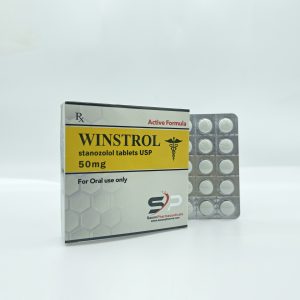
We can help you teach how to use the right anabolic steroids correctly for you and your goals. Moreover, we can also help ensure you get regular exercise into your life by sharing tips on how to stay on track and achieve your fat loss goals.
- Switch up your routine. Try to stay away from boredom!
- Focus on exercise. Make working out a priority!
- Plan your time. A short workout is better than no workout!
- Split it up. Maybe you can’t work out 2 hours at the gym – split it up!
Burn Fat and Lose Weight Fast
Follow these fat burning tips and you can be sure that you’re on the right track to hit your fat loss goals. If you’re cutting and struggling to shed excess fat, we have one thing that will surely help. Be sure to check our cutting products which will help cut fat quickly while protecting lean muscle mass and boosting your energy, stamina, and endurance.
BUY WEIGHT LOSS PRODUCTS ONLINE FOR SALE HERE
The products and cutting steroids you can find on Cycle-Gear.to are the best on the market. While they can come with side effects, we can help you learn how to use them right for you and your goals. This way, you’ll ensure you both stay safe and use them efficiently.

